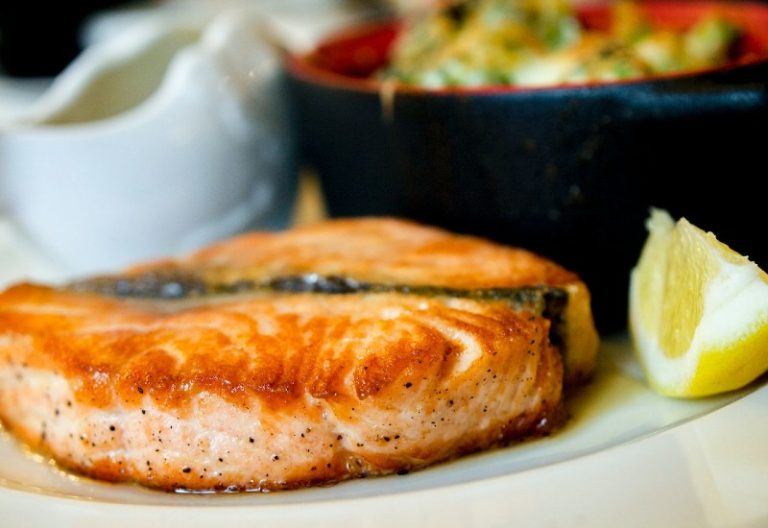Grow Your Own Garlic
Crushed garlic, salt and extra virgin olive oil. A simple combination of flavours maybe, but it makes a great starting point for some fantastic food. Add a slice of chewy, crusty bread, some roughly chopped sun-ripened tomatoes and shreds of basil and you have the best bruschetta ever. Or cook slowly so that the oil absorbs the flavours, add cannellini beans and sage and simmer until the beans reach a creamy consistency. Add a little more salt and oil for a comforting, warming winter dish. And while garlic is often associated with dishes that have their origins in the Mediterranean, the good news is that you don’t need a Mediterranean climate to grow it. In fact, garlic is easy to grow, and growing your own allows you to harvest some early – green garlic is a culinary treat you will rarely find in the shops.
October and November are the best months to plant garlic, because it needssome exposure to winter cold for the bulb to split and form individual cloves. That said, if your soil is heavy and likely to be very wet through the coldest months you might want to leave planting until the spring, or better still, plant now but in large pots.
You can buy garlic at most garden centres; it’s usually to be found on the racks near the tulip and hyacinth bulbs. There are two main types of garlic to choose from – hard and soft neck. Soft neck garlic stores well and is the type you will find at the supermarket. Hard neck garlic is the one to go for if you want to harvest garlic scapes (the flowering stems) in early summer, another delicious reason to grow your own.
Once you have some garlic and a patch of ground, or a pot, to grow it in, the planting is easy. Gently separate each clove from the bulb, and plant them individually, pointy end upwards, about 2″ (5cm) deep and 8″ (20cm) apart. Depending on the variety you have chosen, you may see some signs of growth before the cold weather sets in. If not, there’s no need to worry – the garlic will be establishing a good root system out of sight.
One thing garlic doesn’t like is competition from weeds. So, as the weather starts to warm in the spring, you’ll need to get out there and do some weeding. Give the plants a liquid feed in May or June, and some extra water if the weather is very dry. Apart from that, you don’t really need to do anything more except admire your crop as it grows.
For a gourmet treat, you can dig up some of the bulbs in June to use as green garlic. At this stage it has a mild, sweet taste and no papery skin. Roast the whole bulb wrapped in foil with a little oil at 180oC/Gas 4 until completely soft (about 40-60 minutes). Then squeeze the garlic out onto slices of crusty bread to make crostini.
In June or July your garlic may start to produce tall, curved flower stems. These really are quite architectural, and it may be tempting to leave them on the plant. But you need to cut them off – you want the plant’s energy to be concentrated on producing a large tasty bulb, not a flower. Don’t waste the flower stems (called a scape); they can be chopped and added to egg and vegetable dishes to give a delicate garlic flavour, or steamed and served with melted butter.
In July the leaves of your garlic plants should start to show signs of yellowing. This is a sign that the plants are ready to harvest. Dig up your garlic on a warm dry day taking care not to damage the bulbs. Lay the bulbs out in the sun until any remaining soil has dried and you can gently push it off. Your garlic needs to be left for a couple of weeks somewhere warm and dry – outside is great if the weather is good, failing that a rack in the greenhouse or shed is fine. Once completely dried, store the garlic in a cool and dry place. Your only challenge now is not to use it all before next year’s crop is ready!


